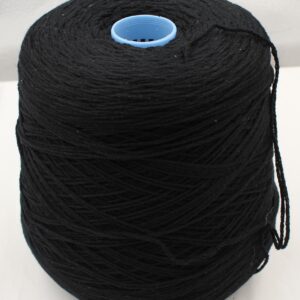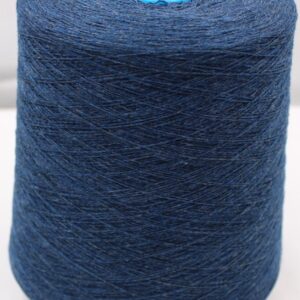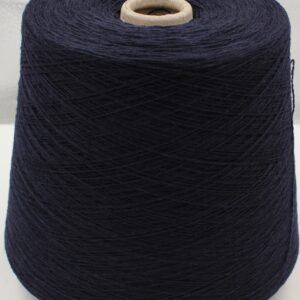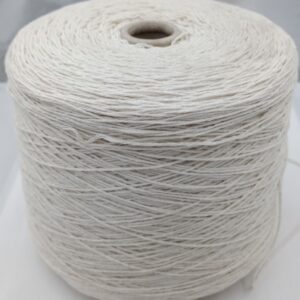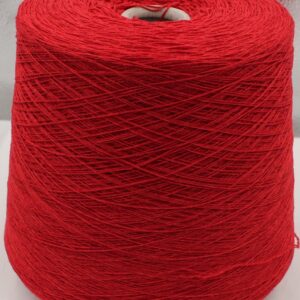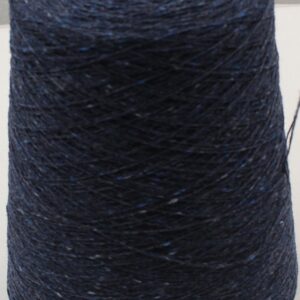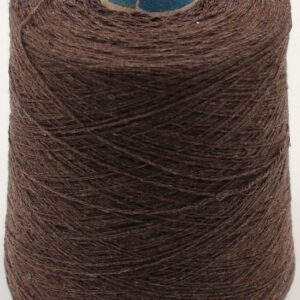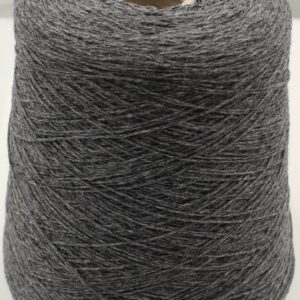Wash the cashmere
RECOMMENDATIONS FOR WASHING
To obtain the maximum of its splendor it is essential to make a sample cloth of 10×10 or better 20×20 cm. before processing and washing it by following these simple steps, it is recommended to work it quite slowly, as the cashmere yarn tends to swell. It is necessary to count the meshes and measure the cloth before and after washing, in this way you can check the yield, and develop the size to check the consumption, also you can check the hand and the processing of the cloth, if worked more closely it will tend be less soft and more resistant to pilling, vice versa if worked slower (less dense).
This step is necessary to verify that:
1- the yarn has no defects (if you make the finished garment without first making the sample we cannot change the yarn or take it back)
2- see the yield in terms of washing, hand and measurements
3- calculate the consumption (if you are missing the yarn then you are not sure if you will find it, better calculate the consumption first)
The sample must be washed in the same way as you intend to wash the finished garment, otherwise the yield will be different. If you wash the sample by hand, you will always have to wash the finished garment by hand, vice versa if you wash the sample in the washing machine you will have to wash the garment in the washing machine (only the first time in the washing machine, then always by hand). As if you wash the sample by hand and then the garment in the washing machine you will get a very different result, and vice versa.
Premise. Sometimes it may be necessary to evaporate the sample and the garment before or after washing. To evaporate we mean passing the iron releasing the steam on the sample and / or on the garment WITHOUT placing the iron on the sample / garment, before or after washing.
HAND WATER TREATMENT:
– In a basin, every 5 liters of warm water add 20 ml of detergent FOR DELICATE GARMENTS (usually half a measuring cup)
– Soak the sample or the finished garment for about 2 hours. Drain well WITHOUT SQUEEZING and rinse in clean water.
– If the yarn has some impurities (ex: spinning oils) then wash in clean cold water adding 40 ml of VINEGAR. This step must be carried out only for the first wash, it is not necessary to repeat it in subsequent washes.
TREATMENT IN THE WASHING MACHINE:
Washing in the washing machine is carried out when you want to bring out the classic hair of the cashmere on the surface. The washing indicated is very delicate and the presence of vinegar will be an excellent descaler:
– Machine wash at 30 ° for 7 minutes with very little detergent for delicate clothes
– Rinse the washing machine
– Machine wash at 30 ° for 7 minutes with very little fabric softener and 1/4 measuring cup of white wine vinegar
– Centrifuge at 400 rpm for 5 minutes (or as little as possible)
– Dry flat without exposing to direct sunlight
– For strong and contrasting colors in striped and jacquard knitwear, we recommend that you perform a first dry cleaning and wash the garments at half load with plenty of water.
This washing procedure is valid whether it is the sample, the finished garment or the yarn itself.
To wash the yarn before working it you need to be an expert, otherwise the yarn gets tangled during washing and becomes unusable. It is therefore necessary to make skeins of one meter in diameter, of no more than one hundred grams each and tie them with at least 5-6 intertwined bindings so that the yarn does not tangle. If you are not an expert in skeins, first try some low quality yarns (acrylic, wool, etc.) in order to see the final result, if the skeins in the washing machine do not get tangled you can start with cashmere.
This washing process in the washing machine must be carried out only the first time, then it is recommended to wash the garments by hand following this procedure:
If you want your pullover to always remain soft and fluffy, follow these tips:
Soak it in warm water with a mild detergent or hair shampoo (use very little), adding a little white vinegar in case of streaks or bright colors.
Leave it to soak for a short time, at most ten, fifteen minutes.
Don’t rub it and handle it gently.
Patiently rinse it several times and with lots of water, always lukewarm, until the water is perfectly clear.
Do not squeeze it but remove the water by pressing gently.
Wrap the pullover in a terry cloth to remove excess water.
Spread it out on a horizontal plane, taking care to avoid direct exposure to the sun.
Let it dry at room temperature, never near a heat source.
Iron it with a strong jet of steam without pressing with the iron.
A little tip: wash your Cashmere pullover often, in this way the fibers will find new vigor and your garment will always be as good as new.
Advice and warnings
1 – If you machine the yarn it is advisable to work with several yarn guides.
2 – For cashmere yarns, a waste of 2-4% must be tolerated due to dyeing or structural imperfections.
3 – It is essential to carry out adequate washing tests on a garment / pilot sample before continuing with the processing, to check the value of the returns and the solidity of the colors (this is for machine processing of medium or large quantities of yarn). Icona di Verificata con community In hand processing it is essential to carry out adequate washing and ironing tests on a sample before processing.
4 – To obtain greater smoothness and homogeneity on knitting machines, it is advisable to carry out a further waxing, especially if the yarn is processed after 10/15 days from the delivery date.
5 – In the use of the yarn for striped knitwear or in any case with the use of more colors, Hircus Filati will not be liable for any damage deriving from non-compliance with what is specified.
NB: The above is indicative, it is essential to carry out adequate washing tests on a sample before continuing with the processing, some types of yarns, depending on the manufacturer of the yarn itself (and many other factors), perform differently based on the type of washing.
PS: There is another way to wash untreated yarn, if you want to find out click here.
P.S.1: If you want to know more visit our blog by clicking here.






